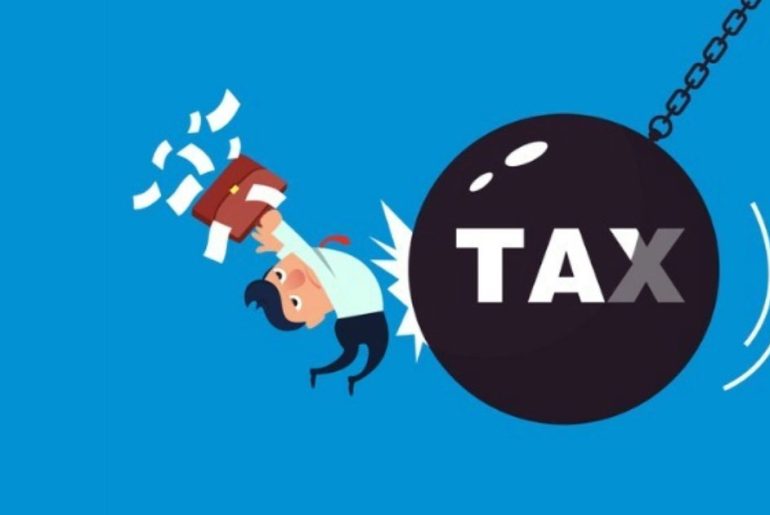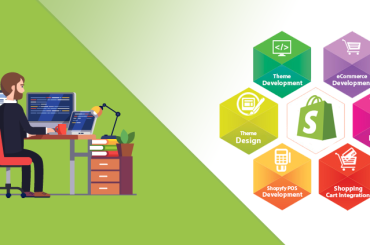Every filing period witnesses online sellers wasting hours dealing with sales tax compliance. Getting sales tax right is a basic necessity, but more than that, it is essential to understand the basics.
States and localities use sales tax for paying for budget items like schools, roads, and public safety. In this regard, it’s worth noting that Sales tax refers to the “consumption tax” charged when a buyer buys goods or services. A “pass-through tax” involves a merchant charging sales tax to the buyer, and the customer doesn’t get to keep it. The amount remits to the state government.
The state-level governs Sales tax. This term means that each state sets its own rules and laws within the framework of the U.S. Constitution. All such protocols comply with administering sales tax.
Use extreme caution when it comes to working to progress business ahead of the rest. It’s always a good idea to consult with sales tax professionals. Find sales tax support for your business here. When the business grows, sales tax compliance turns out to be complicated and time-consuming. Understanding options such as automating compliance or outsourcing the process is a must for the proper understanding of e-commerce sales tax.
States that come up with a Sales Tax Map
Five states with no sales tax include New Hampshire, Oregon, Montana, Alaska, and Delaware. Now, let’s move on to discussing the vital steps involved in sales tax compliance.
1) Determination regarding where you have sales tax nexus
Find out customers you are required to collect sales tax from. In the U.S., retailers have the duty to collect sales tax from buyers in states where there are sales tax nexus. Location comes inclusive of an office, warehouse, store, or physical place of business. Personnel consideration is a must.
Individuals that serve as an employee, contractor, salesperson, and installer fall under the category of personnel. Inventory consideration is a must. Most states consider storing inventory to cause a nexus even when there is no other place of business or personnel.
2) Verifying products are taxable or not
According to U.S. laws, most “tangible personal property” turns out to be taxable. Items like jewelry, toothbrushes, furniture, coffee mugs, etc., are subject to the sales tax. “Necessities” don’t turn out to be taxable in all states. Grocery items are not under taxation in many states. Clothing also does fall under the taxable list.
Common item types that are not taxable include Grocery food, Clothing, Certain books, Prescription and non-prescription medicine, magazine, and subscriptions, Supplements, Digital products. However, the product may not be taxable when it comes to the state level but will be taxable at the local level. It’s always essential to consider an online shopping cart to avoid collecting sales tax.
3) Registering for a sales tax permit
Registering for a Sales Tax may seem to be a complicated task. But in reality, it is not so. After the understanding of the sales tax nexus in a state, alongside the products you sell are taxable, legally collect sales tax, and you can do so by registering for a state sales tax permit. State’s taxing authority State Department of Revenue handles sales tax registration. Register for a sales tax permit, or you can also hire a professional to register state sales tax permits.
4) Setting up sales tax collection
Once you have a valid sales tax permit, the next step is going ahead with collecting sales tax from buyers. Online shopping cart alongside marketplace allows setting up sales tax collection can help in the objective. Guides on the method to set up sales tax collection and marketplaces make sure you can get enhanced support.
5) Reporting amount of sales tax collected
The sales tax filing due date is going to roll around. When it comes to preparing to file a state sales tax return, determine the sales tax you collected from buyers. The entire network is spanning in the state, county, city, and another special taxing district. In a small number of states, filing sales tax doesn’t turn out to be very difficult.
Breaking transactions down manually turns out to be a time-consuming chore. The condition is applicable when you are a high-volume seller, or you’re selling on multiple channels. There’s an opportunity for connecting with all the shopping carts and marketplaces to sell. Besides, these setups help with creating a return-ready sales tax report.
6) Filing sales tax returns
Most states allow filing sales tax online. When you’re wishing to file manually, log in to the state’s taxing authority website to file. Seller accidentally late filing and receiving a penalty comes with the need for the seller to contact the state’s taxing authority and asking for a penalty waiver. Then, it comes with depending on the mood of the customer service agent!
When it comes to filing “zero returns,” you will have to go with filing a sales tax return every time you. States consider sales tax filings to be a “check-in.” It’s worth noting not to discount sales tax discounts.




